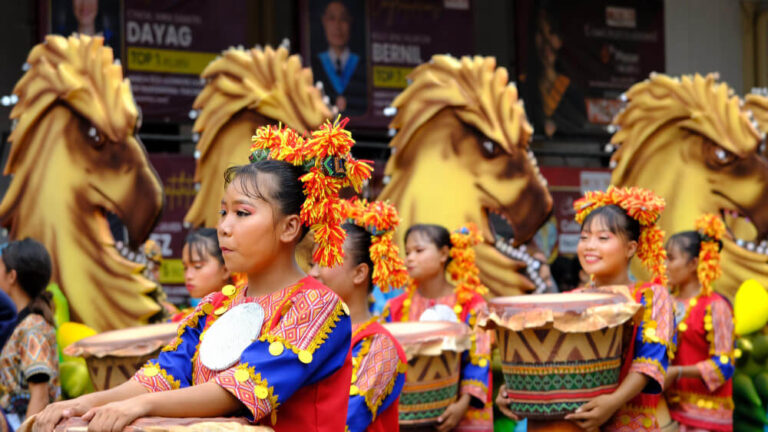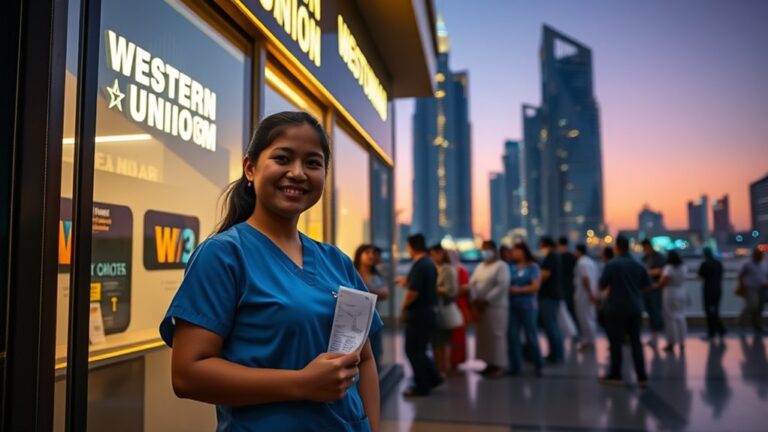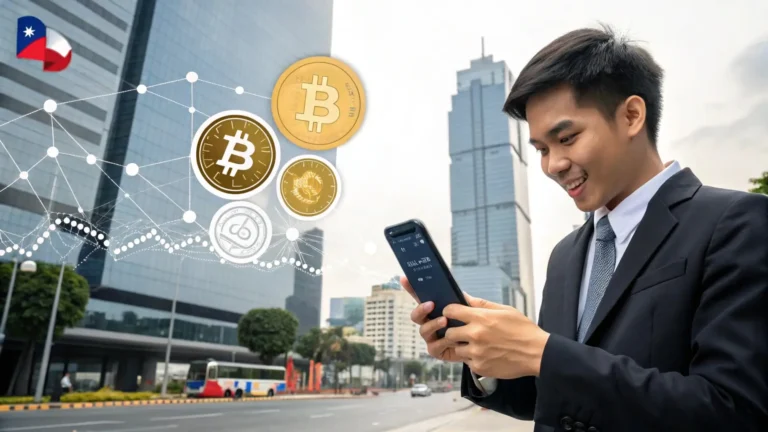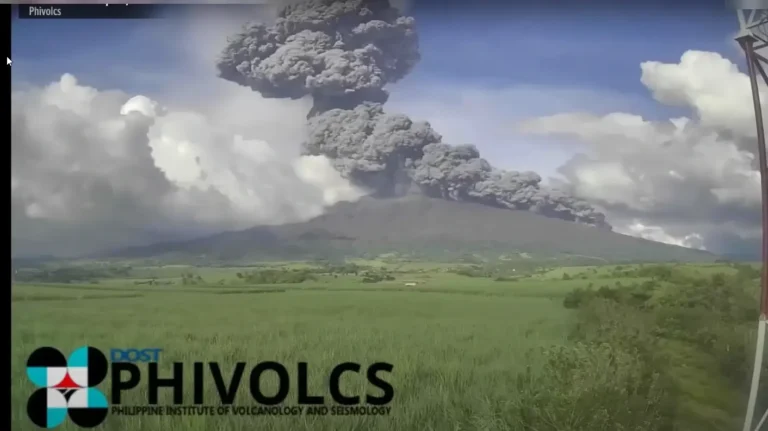Philippines Readies 2-Week Independence Day Celebration
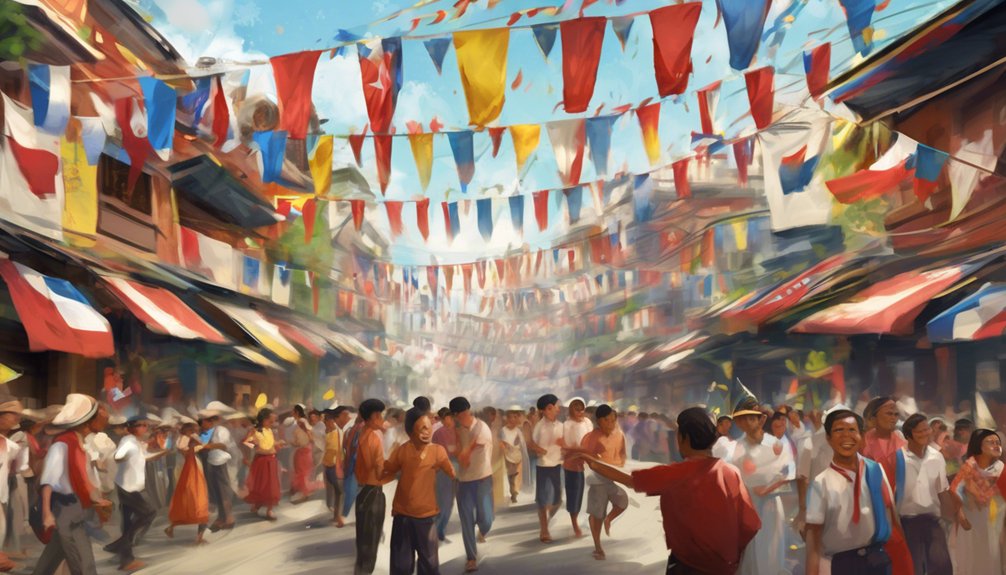
The Philippines is preparing an extensive two-week celebration for its 125th Independence Day. This event commemorates the 1898 declaration of independence from Spanish rule, a cornerstone of Filipino cultural heritage. The festivities will feature ceremonial flag-raising events nationwide and parades showcasing traditional music, dances, and themed floats. Filipino communities abroad will also partake in cultural showcases to demonstrate unity and pride. To discover more about this significant and vibrant celebration, further exploration is encouraged.
Highlights
- The Philippines plans a two-week celebration for Independence Day, highlighting historical and cultural significance.
- Nationwide events will include parades, cultural showcases, and traditional ceremonies celebrating Filipino independence.
- The national flag will be central to the celebrations, symbolizing patriotism, peace, and liberty.
- The festivities aim to strengthen cultural identity and community ties among Filipinos locally and globally.
- The celebration will inspire future generations by commemorating the journey towards freedom and cultural heritage.
Philippines Independence Day, celebrated annually on June 12, marks the historic 1898 declaration of independence from Spanish rule. This date is a cornerstone of Filipino cultural heritage, symbolizing both national pride and the enduring spirit of freedom. It is not only a national holiday within the Philippines but also a day of global celebrations, reflecting the extensive Filipino diaspora. Communities worldwide participate in commemorations that highlight the cultural heritage and historical significance of this event.
The observance of Independence Day extends beyond the borders of the Philippines, uniting Filipinos across the globe in a shared celebration of their cultural and historical roots. Global celebrations often feature parades, cultural showcases, and traditional ceremonies, fostering a sense of community and shared identity among Filipinos abroad. These events provide a platform for cultural exchange and a reaffirmation of ties to their homeland, which is especially meaningful for those living far from the archipelago. Similarly, the Sinulog Festival in the Philippines underscores cultural and religious identity through vibrant displays of traditional music, dance, and processions.
In the Philippines, the festivities are marked by a series of events that underscore the nation's cultural heritage. The national flag, a symbol of the country's ideals of courage, peace, and liberty, plays a central role in the celebrations. Ceremonial flag-raising events occur across the country, with the flag's colors—red for patriotism, blue for peace, and a white triangle for liberty—being prominently displayed. The sun with eight rays on the flag represents the provinces that led the revolt against Spanish rule.
Parades and processions are integral to the celebrations, with Manila and other major cities hosting elaborate events. These parades often include themed floats and performances that showcase regional diversity, further emphasizing the country's rich cultural fabric. The national anthem, "Lupang Hinirang," is performed, resonating with a sense of unity and national pride. Traditional music and dance performances are featured prominently, adding vibrancy to the celebrations.
Globally, Filipino communities engage in similar activities, organizing events that mirror the celebrations in their homeland. These gatherings serve to strengthen community ties and promote cultural heritage among younger generations of Filipinos living overseas. They also present an opportunity for cultural exchange, allowing for a broader appreciation of Filipino traditions and values.
Independence Day is more than a historical commemoration; it is a celebration of cultural heritage and global solidarity. It serves as a reminder of the continuous journey towards freedom and unity, both within the Philippines and among Filipinos worldwide. The global celebrations highlight the fortitude and enduring spirit of the Filipino people, ensuring the legacy of June 12, 1898, continues to inspire future generations. As part of the global celebrations, events in the United States, Europe, and Australia showcase the vibrant cultural pride among the Filipino diaspora.


